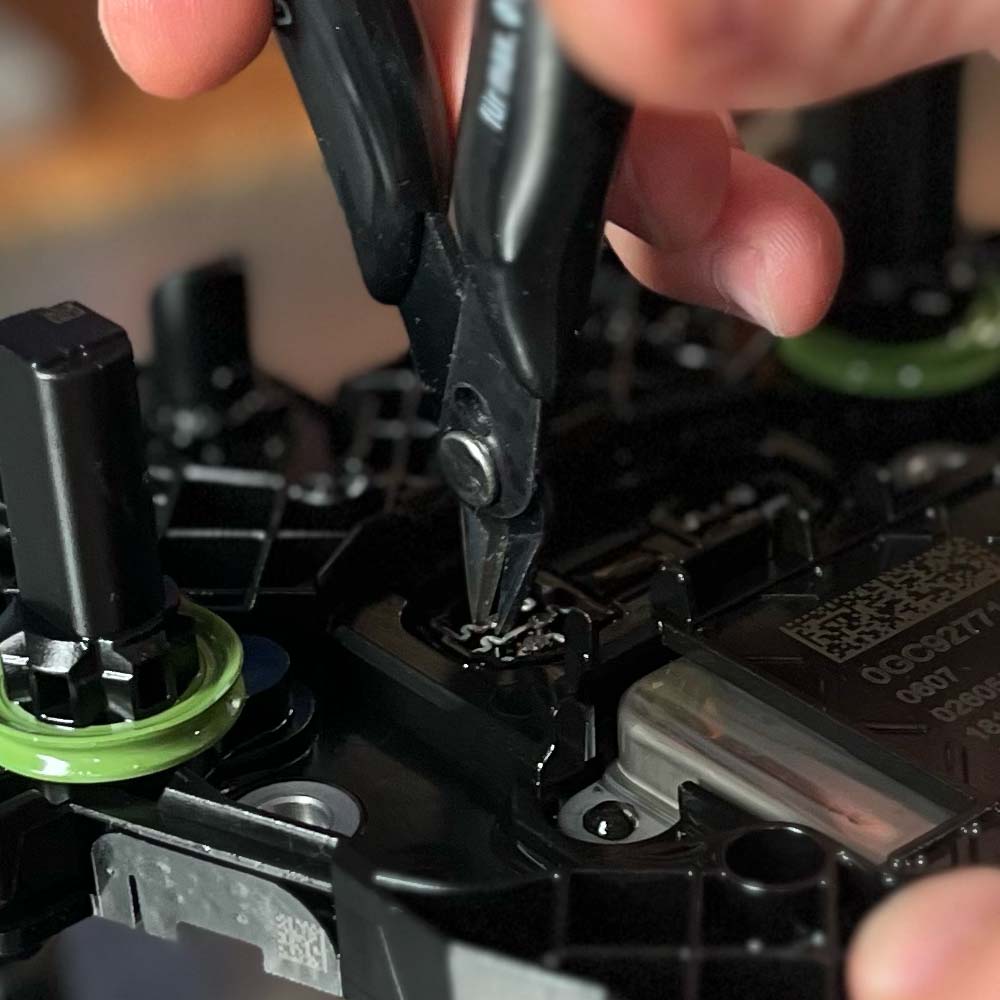Resetting Adaptation Values Correctly and Relearning the Clutch Characteristics
Replacing the pressure sensors on the DQ381 7-speed DSG transmission is a common and necessary procedure - especially in cases of known issues, as described in detail here. However, after installation, a recurring phenomenon often unsettles workshops and customers alike: suddenly, new error codes appear in the transmission control unit - even though the sensors were installed correctly.
Symptoms After Replacing the Sensors
- Error messages like: “Clutch 1 opens unintentionally” or “Clutch 2 does not close completely”
- Jerky or rough shifting
- Shuddering when starting
- Clutch errors under load
These issues are often not due to installation mistakes, but rather the result of inconsistent adaptation values stored in the control unit.
What’s the Issue?
Many workshops perform only a basic settings reset after replacing the sensors. In practice, however, this is not enough.
The transmission control unit stores so-called adaptation values - learned parameters that regulate clutch behavior, among other things. When the pressure sensor is replaced, these values often no longer match the new measurement conditions. The result: the clutches (K1 or K2) operate outside of tolerance, leading to malfunctions and the appearance of new error codes.
✅ Our Practical Recommendation
After installing the new sensors, you should not only carry out the basic settings but also perform the following steps:
- Fully reset all adaptation values in the transmission control unit
- Relearn the values
- Pay special attention to the clutch characteristic curve
The last step is especially crucial, as it governs the precise opening and closing behavior of the clutches. If these curves are not relearned correctly, errors will persist - even with a correctly installed sensor.
Conclusion
Replacing the pressure sensors on the DQ381 is only the first step. For a sustainable repair and error-free operation, it is absolutely essential to completely reset and relearn the adaptation values - especially the clutch characteristic curve. This prevents follow-up errors and ensures long-term smooth shifting performance.

